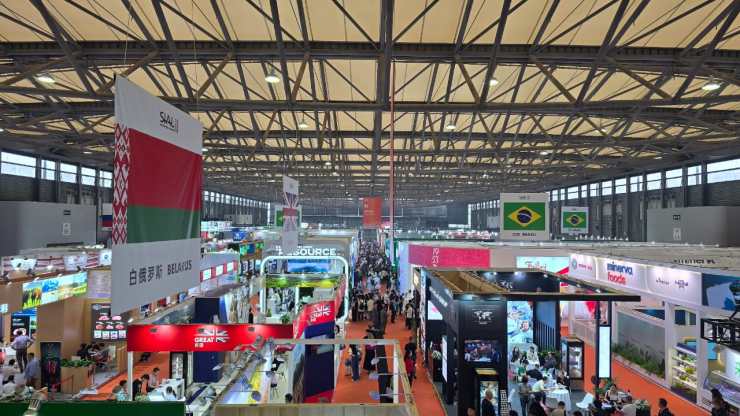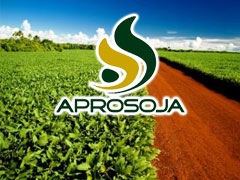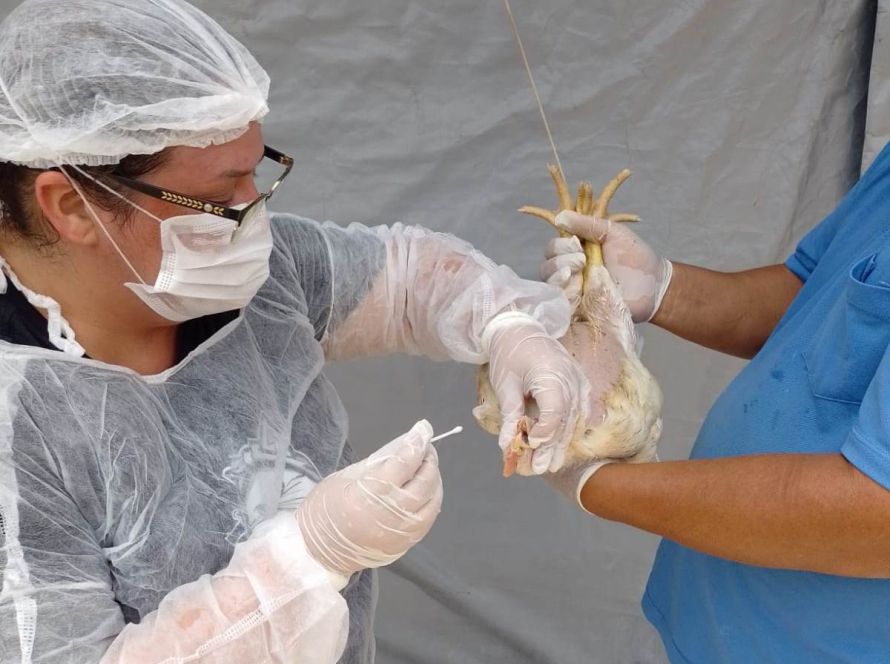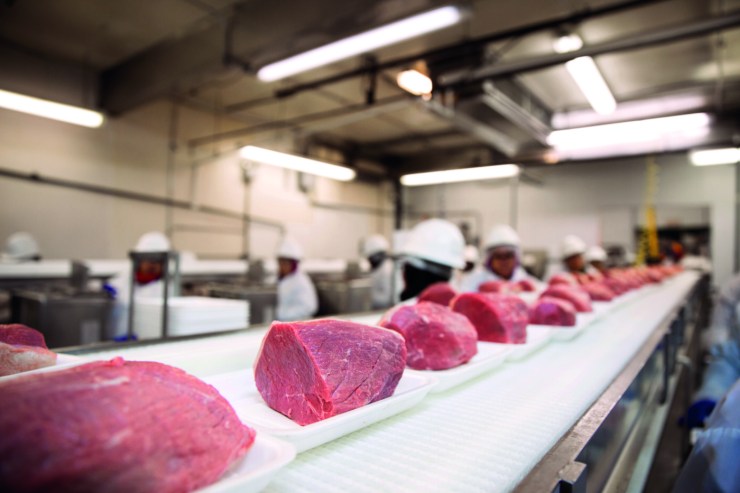Sugarcane is one of the most important products in Brazilian agribusiness. As the country's second largest agricultural crop, according to 2023 data from the IBGE, the sugar and ethanol sector accounts for approximately 2% of the country's entire Gross Domestic Product (GDP). In recent years, however, production destined for ethanol has faced challenges, mainly due to the increase in the supply of corn ethanol on the market. This is one of the main concerns of the Association of Agro Defenders (Adeagro).
Formed by producers from the Quirinópolis region (GO), the association was created in 2024 in response to the imbalance in prices paid per ton of sugarcane in the 23/24 harvest, by mills in the region, partners of local producers. At the time, the price recorded by one of the industrial units showed a discrepancy of more than 30% in relation to the final value of the harvest, according to data from CONSECANA/SP, which considers all products derived from sugarcane.
“The introduction of corn ethanol has significantly changed our market. The difference between the anticipated value and the final price of the 23/24 harvest directly reflects the impact on the price and volume of ethanol sales, the product with the highest production volume in the region’s mills. We have producers in debt with the mill, which has a brutal impact on the finances of small and medium-sized producers. It is difficult to explain the reasons for this situation,” says Elizabeth Alves, President of Adeagro and rural producer.
Quirinópolis is the second largest sugarcane producer in the state of Goiás, an activity of great importance to the region. The association already has more than 100 producers, who together have around 22 thousand hectares of productive areas in the region.
Over the past year, Adeagro’s mission has expanded. Today, the association seeks to strengthen sugarcane growers in the Goiás region, educate members about the market’s remuneration model and the risks to the sustainability of the business. The group also works to improve trade agreements and explore alternatives that benefit producers, as well as monitor the process of including more sugarcane byproducts, such as sugar and energy, which would contribute to the safety and financial return of the activity.
Adeagro is seeking to increase its representation among the representative entities linked to the sector. Production costs for producers in the region are high. In the last harvest, the production of one ton of sugarcane cost R$106.79. With the current price of Total Recoverable Sugar (ATR), one ton of sugarcane with 135 kilos of ATR is worth only R$114.75. This results in a profit margin of only R$$ 7.96, without taking into account tax costs and other services that are not directly related to agricultural operations.
“The current prices in the region make sugarcane production unviable for the vast majority of producers, leading them to seek other, more profitable ways of using the land. This will have an impact on the renewal of contracts and, consequently, on sugarcane production in the region. Our mission is to strengthen these and other producers who wish to join, to achieve fair negotiations with companies and regulatory agencies, in addition to protecting, mainly, small and medium-sized producers, who are most affected by this gap. We want to play an active role in representing the region and create a sustainable model for everyone – mills and producers. We need to join forces, because we cannot exist without each other,” concludes Elizabeth.





